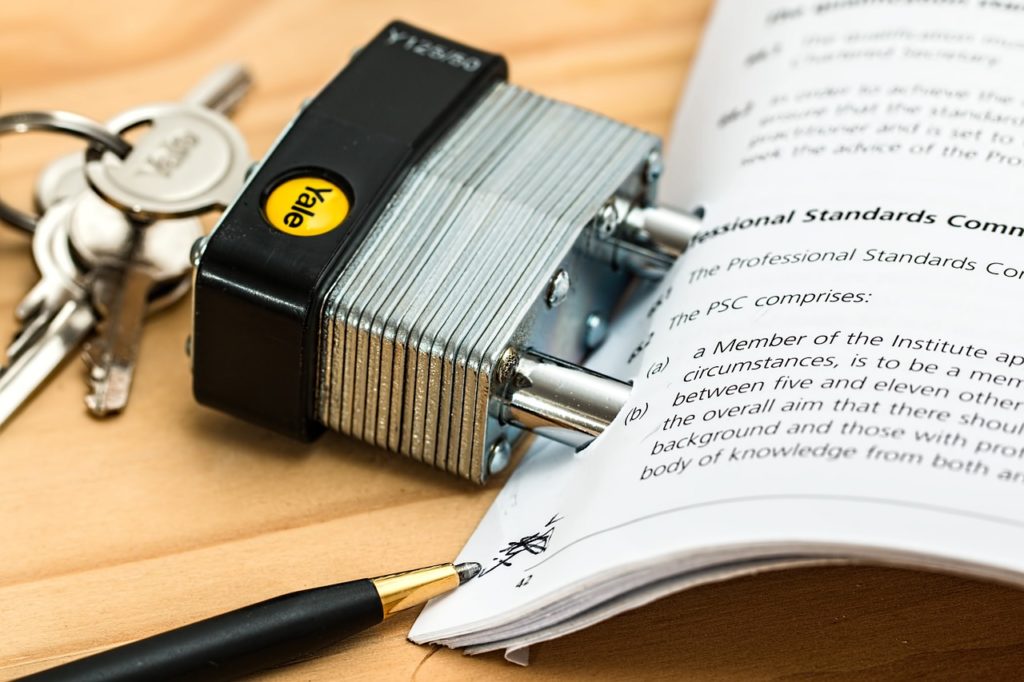Should you allow your tenants to sublease?
The jury is out in the property management world on whether or not it’s a good idea to allow tenants to sublease your property. This is for good reason as subleasing comes with many complexities regarding maintenance requests, property access and reliability of tenants. As a landlord, you get the final say on whether or not to allow subleases.
Here are the pros and cons of subleasing:
Pros:
Increased occupancy
One of the primary benefits that can come from allowing tenants to sublease is decreased vacancy rates. This means you don’t have to waste time finding new tenants in a scramble. While you may not know who is taking over the lease, if you have a quality tenant they are likely to find a responsible replacement. Additionally, this will keep your quality tenant on a lease and give you a chance at renewal if they’re just gone for a short time and not moving out of state.
Cashflow stability
Generally, subleases are set up so that you will still get rent payments from your tenant. This results in what should be an imperceptible change to you as the landlord. Maintenance requests are still generally managed by the original tenant as well. In the right scenario, you should hardly notice there’s a new tenant temporarily occupying the unit.
Save time
Having to replace a tenant is a huge time suck. From managing your advertising to running background checks the process quickly can take over your workday. Allowing your tenants to use a sublease saves you the time and headache of replacing a tenant. However, you may still want to require an application and background check to keep yourself protected.
Cons:
Increased risks
Depending on your standard process, a background check may or may not be required for a sublessor. If you choose to allow subleases, it’s recommended to keep the security of your property and bank account. The original tenant is the responsible party for rent, if the sublessor doesn’t pay them and leaves them unable to pay, you may have to serve an eviction notice. You also want to protect yourself from having to empty your pockets for repairs or cleaning after the sublessor moves out.
Long-term ramifications
Allowing tenants to bring in a sublessor puts you at risk of creating a bad environment in your property. There are frequent noise complaints for short-term tenants. This type of environment could result in your tenants moving out which would negatively impact your bottom long. As we state before, short-term tenants are more prone to treat your unit poorly and leave you with a hassle and cost of repairs and clean up.
Potential legal issues
Taking legal action or proving fault against a sublessor is a challenge, as you are not technically their landlord. The potential for legal issues increases when you bring a third party into the mix, especially when you may not have a say over who they are. With a risk of having to issue a double eviction (to both the original tenant and sublessor) or fighting to prove fault and recoup costs in the event of property damage the risks are high.
Overall, subleasing can work in your favor if you structure your lease agreement correctly. If you’re ready to hire a property manager to manage these situations, contact us today!





